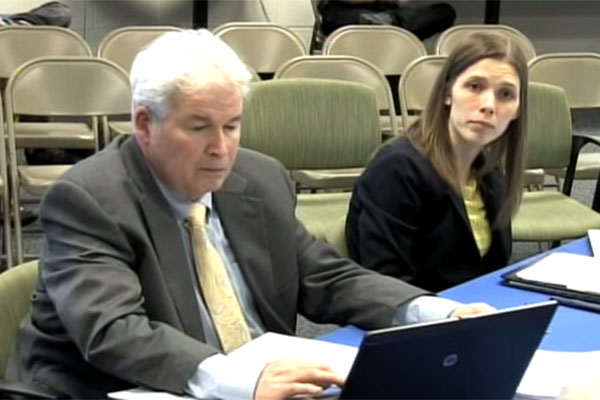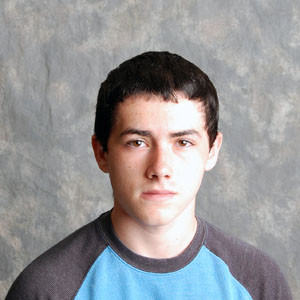Musical chairs
Sorting out changes in RB’s music department

Principal Kristin Smetana and CFO Tim McGinnis deliver enrollment information about the music department to the board.
May 19, 2015
Recently, there has been a lot of push back against the changes made to the music department, but depending on who you asked, those changes varied greatly. RB administration recently released these enrollment statistics to help shed clarity on what has and has not been lost.
Students believe that classes are being cut, and many extra-curricular activities are no longer running. While the administrators do not think that anything has been cut. Really, the truth lies somewhere in the middle.
The administrators are right, from this year to next year, that no classes are being cut. It is true that AP Music Theory is not running next year, but with an enrollment of only three, running the class seemed unlikely. The class may not be running but it certainly was not cut.
Principal Kristin Smetana indicated that the administration was surprised to receive the push back that they did from the community, with multiple students and parents showing up at board meetings and sending in commentary to the local newspapers.
However, from a parent and student perspective, other changes have been made to the Fine Arts department that have yet to be restored. Three years ago, the music program had three full-time educators (FTE) – James Baum, Diane Marelli, and Kevin McOlgan. Next year, there will be 1.9 FTE – a full-time position for Marelli and 9/10th’s of a position for Baum. Both jazz classes and both orchestra classes will be combined next year, making one large jazz class and one large orchestra class. Baum noted that it would be more difficult to help less-experienced students while still challenging more experienced musicians.
Similar changes and class combining is occurring in other departments. According to Applied Arts Instructional Coach Patti Farlee, Foods III and IV classes are combined due to enrollment – one larger class instead of two smaller classes.
All of this has raised a question: if students are not signing up for music and applied arts classes, where are they enrolling instead? RB administration recently released tracking data on music enrollments, but this has yet to be combined into the larger picture of where students are and are not signing up for classes. Nevertheless, a new Fine Arts Survey waiver policy and a continued push for AP enrollment and CAP classes certainly provides a strong draw for students to enroll outside the arts.
Funding for RB’s music department tends to rise and fall with enrollment.
“It’s because we are an elective,” Farlee said.
Fine Arts and Applied Arts’ minimal impact on graduation requirements also means that students may be driven to take other classes when faced with tight schedules. Since enrollment in particular classes can drop in some years, it is not unusual for a class to be on the books but not to run for a year or even two. Still, the music program has lost the equivalent of 1.1 teachers (FTE) over the last three years as class sizes have gone up, and that has been enough to trouble some parents and students.


